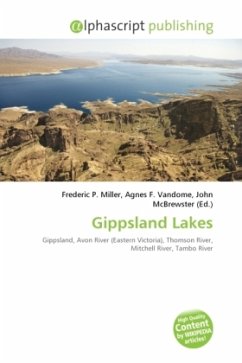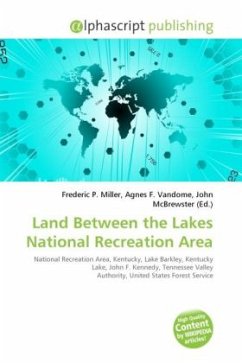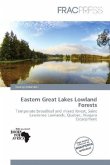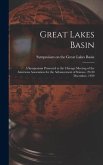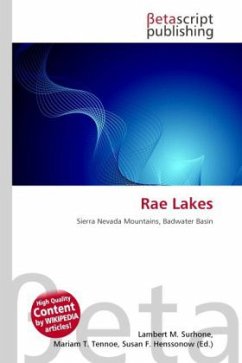High Quality Content by WIKIPEDIA articles! The Gippsland Lakes are a network of lakes, marshes and lagoons in east Gippsland, Victoria, Australia covering an area of about 600 km sq, The largest of the lakes are Lake Wellington, Lake King and Lake Victoria. They are fed by the Avon, Thomson, Latrobe, Mitchell, Nicholson and Tambo rivers. The lakes were formed by two principal processes. The first is river delta alluvial deposition of sediment brought in by the rivers which flow into the lakes. Silt deposited by this process forms into long jettys which can run many kilometres into a lake, as exemplified by the Mitchell River silt jetties that run into Lake King. The second process is the action of sea current in Bass Strait which created the Ninety Mile Beach and cut off the river deltas from the sea. Once the lakes were closed off a new cycle started, whereby the water level of the lakes would gradually rise until the waters broke through the barrier beach and the level would drop down until it equalised with sea-level. Eventually the beach would close-off the lakes and the cycle would begin anew.
